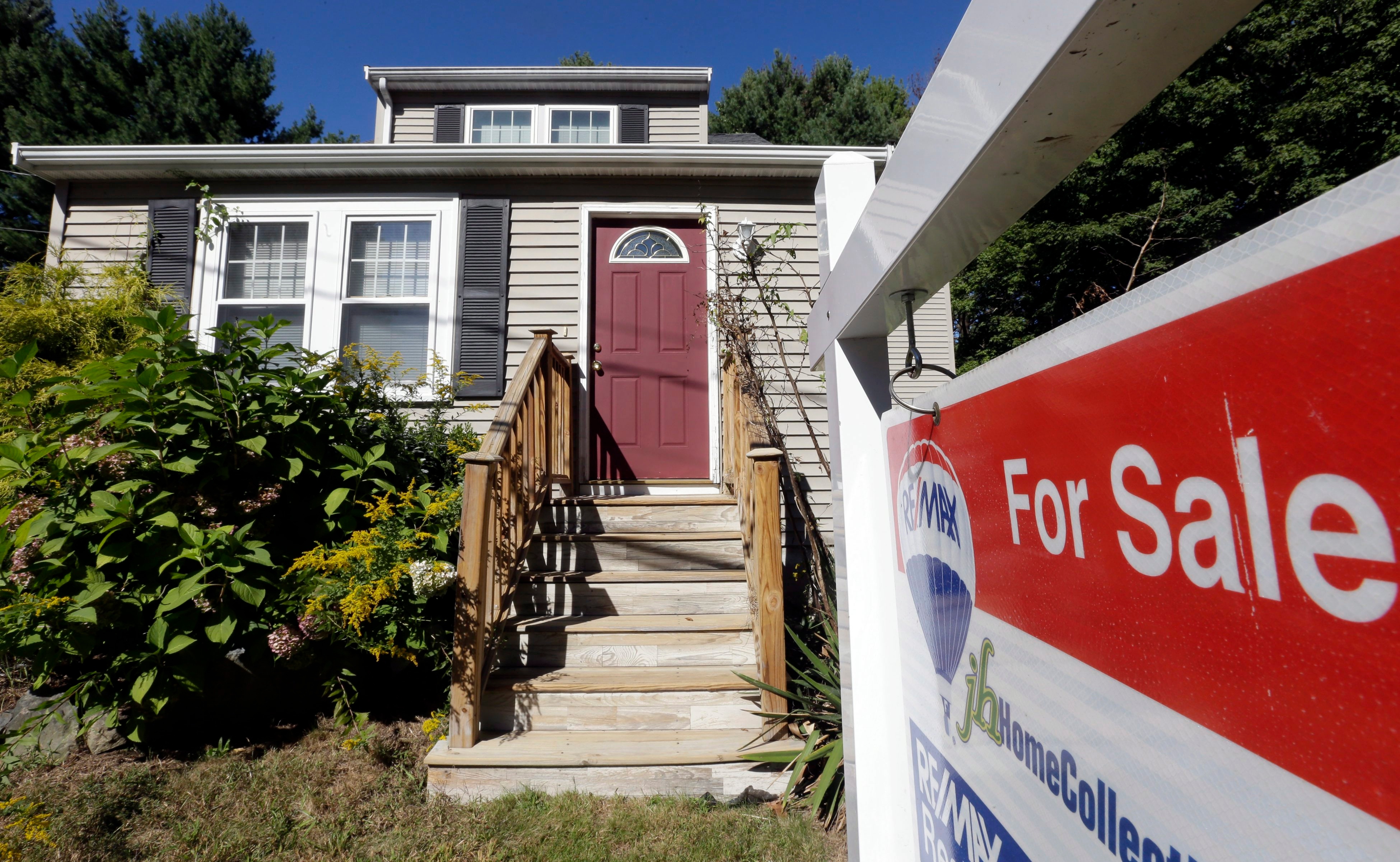May 12, 2017
Home Capital chair: Replacing HOOPP line with 'more attractive funding' top priority
The newly-minted board chair of Home Capital Group (HCG.TO) is targeting a new source of funding to replace the company’s $2 billion line of credit with the Healthcare of Ontario Pension Plan (HOOPP) as a top priority. In an exclusive broadcast interview on BNN, Brenda Eprile said the company is seeking a source of funds that comes with less onerous terms than the HOOPP line, which required an immediate payment of $100 million and carries a steep 10 per cent interest rate along with a 2.5 per cent standby fee on undrawn funds.
“We do plan to replace it with a more cost effective [source of] funding, so that is a top priority,” she said.
Home Capital has drawn $1.4 billion from the credit line as the alternative mortgage lender looks to bolster its liquidity. The company suspended its dividend on May 8 to preserve cash, as nervous investors have pulled all but $125 million from Home Capital’s high interest savings accounts (HISAs) over the course of the last two months. The company had about $2 billion in those accounts as of March 28. It also reported liquid assets of $962 million as of the end of May 11.
Eprile said the onerous rate of the line of credit were not a result of HOOPP exacting punitive terms, but rather the result of a compressed timeline due to those account outflows.
“We had to very quickly come up with rescue funding, we’re grateful to HOOPP and its partners that they came forward to do that,” she said. “But it’s costly, and so we recognize we need to replace that with more attractive funding as soon as we can do so, and we’re working on it.”
Eprile said HOOPP was not the only party Home Capital engaged in emergency talks with, but it was the best option for the embattled lender.
“There were a few options that we were working with, but [HOOPP was] the best alternative at the time,” she said. “They were the best option … that we could secure on the timeline that we were [facing] because it a very fast run-off.”
Shares of Home Capital have lost nearly half their value in the last two weeks as the Ontario Securities Commission alleged the company and top executives misled investors regarding disclosure of the impact of mortgage broker fraud.
WEIGH IN

Has the Home Capital crisis made you worried about the health of Canada's housing sector?
Eprile refused to point the finger at either the OSC or short sellers for the crisis of confidence engulfing the company, and said the process of rebuilding that confidence won’t be a swift one.
“I don’t really know what sparked the crisis, people have speculated a variety of factors, all I can say is it happened very quickly,” she said. “[Short sellers] have their own vested interests, and they’re promoting that. As the chair of the board, I’m very focused on rebuilding and restoring confidence in the company.”
Home Capital also said it has retained RBC Capital Markets and BMO Capital Markets to search for “strategic options,” including a possible sale of the company. But Home Capital’s board is in no hurry to sell, said Eprile. “We hope to keep the doors open and return to a profitable enterprise,” she says. “We may sell some non-core assets so that is something that is certainly being considered.”
Eprile said core to the rebuilding effort is the management shakeup that has added pension plan heavyweights Claude Lamoureux and Paul Haggis along with seasoned real estate professional Sharon Sallows and veteran banker Paul Hibben to the board.
“From a reputational point of view, putting on these four very experienced, well-known directors, looking for a new senior management [team]: these are the steps that are essential to restoring the reputation of the company, which will take time.”


